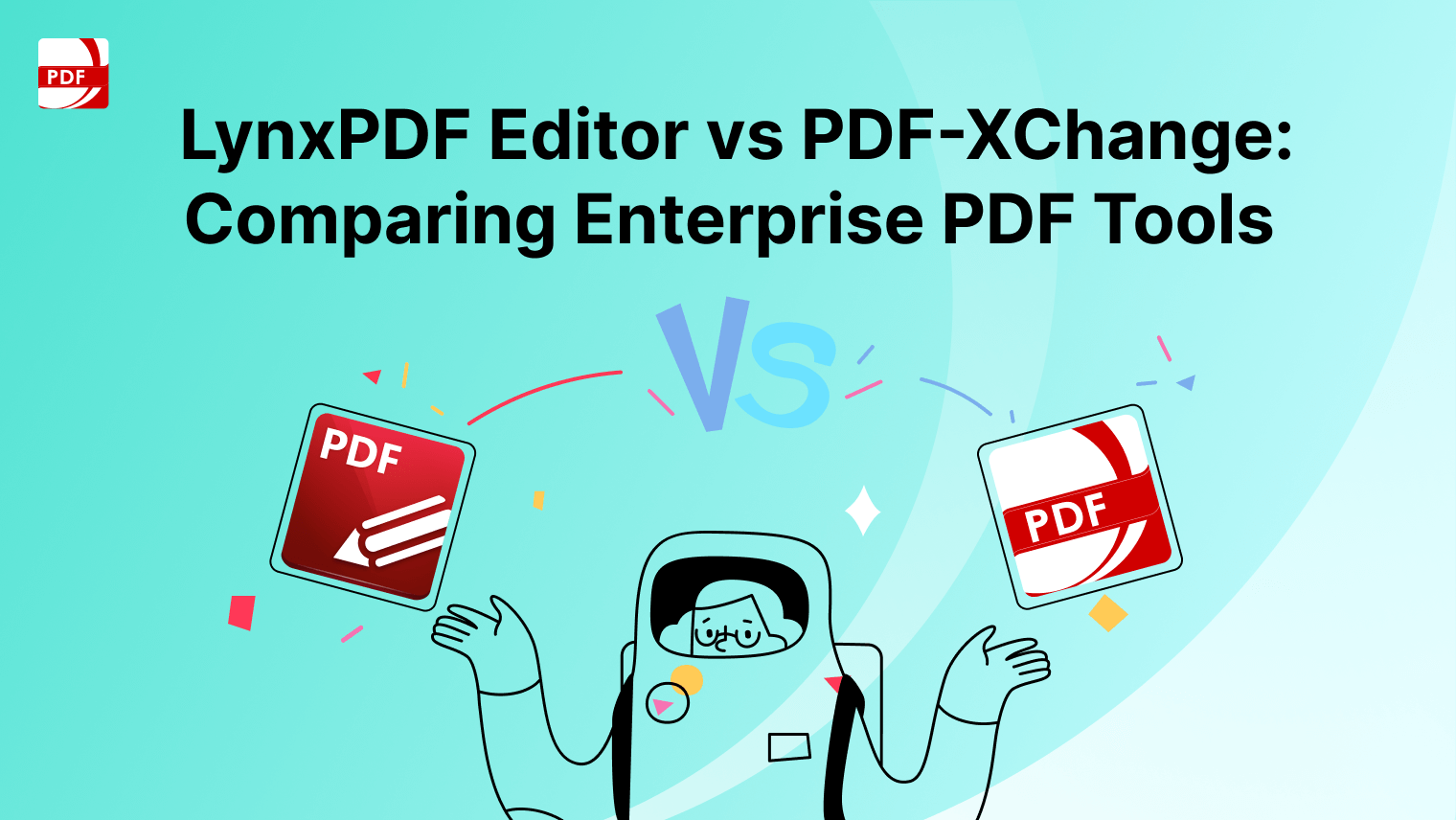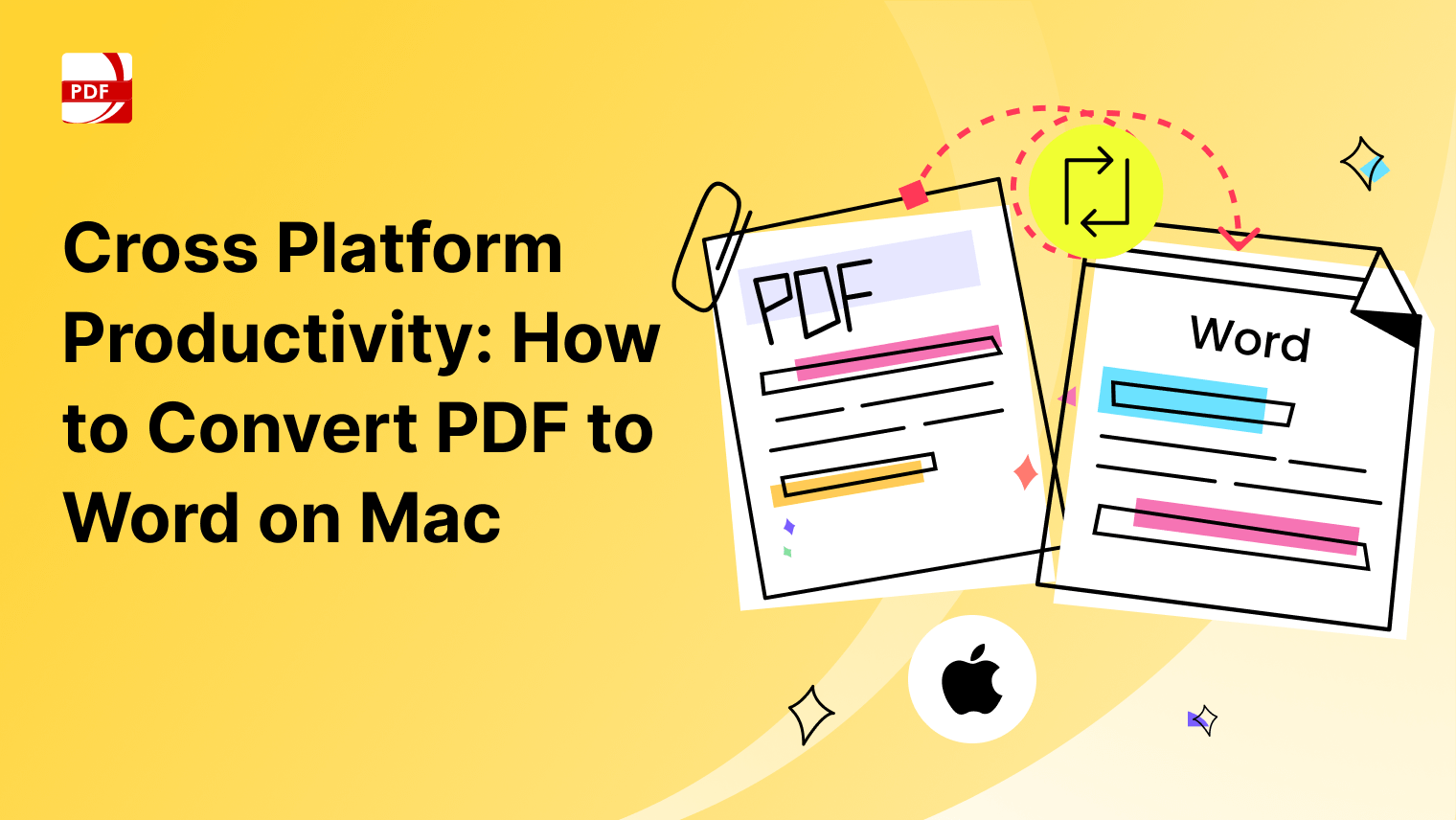PDF files play a crucial role in managing digital documents due to their universal format and secure nature. However, they can become corrupted or lost due to various scenarios like hardware failure, software issues, or accidental deletion.
This guide introduces the process for recovering different versions of PDF files, ensuring the preservation and continuity of important information.
Understanding PDF Versions and Formats
Explanation of PDF Versions (PDF 1.x, PDF 2.0, etc.):
- PDF 1.0 to PDF 1.7: Evolution of features and compatibility.
- PDF 2.0: The latest version introduces enhanced functionalities.
Overview of Different PDF Formats:
- PDF/A: Archival format for long-term preservation.
- PDF/X: Standard for graphic content exchange and printing.
- PDF/E: Engineering document standard for technical material.
Impact of PDF Versions and Formats on Recovery Methods:
- Compatibility and feature support affect recovery options.
- Format-specific standards dictate the recovery approach.
- Preservation of document integrity and standards compliance is crucial during recovery.
Causes of PDF File Corruption or Loss
Common Causes of PDF File Corruption:
- Software issues: Faults in PDF creation or viewing applications can corrupt files.
- System crashes: Unexpected shutdowns during file access can damage PDFs.
- Operating System conflicts: Incompatibilities or updates can lead to corruption.
- Adobe Acrobat glitches: Bugs or malfunctions in Acrobat can affect PDF integrity.
Factors Leading to PDF Version Compatibility Issues:
- Adobe Systems Incorporated's updates: New versions may not support old features.
- PDF Standards and Specifications: Changes in standards can affect file compatibility.
- Assistive Technology: Advanced features may not be backward compatible.
Strategies for Preventing PDF File Loss and Corruption:
- Regular backups: Utilize backup software to safeguard against data loss.
- Update and patch: Keep PDF software and operating systems up to date.
- Use reliable PDF management tools: Choose tools with strong security features, such as 256-bit AES encryption, for creating and editing PDFs.
- Be cautious with email attachments and downloads: Avoid opening PDF files from unknown sources to prevent malware infections.
Recovering PDF Files from Backup
-
Common Causes of PDF File Corruption or Loss: Software issues and system crashes are prevalent causes of PDF corruption. Software glitches can corrupt files during creation or opening, while unexpected system shutdowns can damage files in use. Using reliable PDF software and ensuring system stability can mitigate these risks.
How to Repair or Recover Data From a Corrupted PDF File https://t.co/RWNymx3qUH pic.twitter.com/Vy9syGNfBB
— BardTech (@bardtech_info) June 29, 2018
-
Factors Leading to PDF Version Compatibility Issues: Compatibility problems often arise with updates to Adobe Acrobat or PDF standards. Older software might not support new features in updated PDF versions, leading to access issues. Staying informed about version updates and ensuring compatibility across all devices used can help avoid these issues.
-
Strategies for Preventing PDF File Loss and Corruption: Regular software updates and backups are crucial for preventing PDF loss. Using the latest versions of PDF creation and viewing software can reduce corruption risks. Additionally, implementing a robust backup strategy, including local and cloud storage, ensures the safety of PDF documents against loss.
Using PDF Repair Tools
Overview of PDF Repair Tools and Software:
Various tools and software exist to repair damaged PDF files, compatible with multiple operating systems and designed to work with different versions of Adobe Acrobat. These tools can fix common issues such as corrupted data, broken links, and unreadable content, restoring access to vital documents.
Step-by-Step Using PDF Repair Utilities:
To use PDF repair utilities effectively, follow these steps, ensuring to select tools that complement your operating system and fulfill your requirements for managing PDF files:
-
Choose a PDF Repair Tool: Opt for a tool that's highly regarded within your operating system's ecosystem, supports the latest Adobe Acrobat versions, and accommodates various PDF standards and specifications.
-
Installation: Download and install the chosen tool, ensuring it integrates well with assistive technologies, if needed, to support accessibility.
-
Open the Tool and Load the PDF: Launch the application and load the corrupted or damaged PDF file using the tool's interface. This process typically involves navigating through a file explorer window to select the PDF document.
-
Repair Process: Initiate the repair process, which may vary slightly depending on the tool. This usually involves clicking a 'Repair' button or similar. The tool then scans and attempts to fix errors in the PDF file, including issues with tagged PDFs, embedded images, digital signatures, or encrypted content.
-
Preview and Save: After the repair, preview the fixed document within the tool to ensure it meets your expectations. If satisfactory, proceed to save the repaired PDF to a secure location on your system.
-
Review the Repaired File: Open the repaired PDF with Adobe Reader or another PDF viewer to thoroughly check its content for integrity, ensuring all aspects of the PDF, including text, images, and interactive fields, are intact and functional.
-
Advanced Options: If the initial repair doesn't resolve the issue, explore the tool's advanced options. These may include deeper diagnostic scans, file reconstruction techniques, or specialized repairs for PDF/A or PDF/X formats.
-
Consider Tool Features: Select a tool that offers comprehensive repair solutions, including the ability to handle various PDF versions, recovery of password-protected files, and support for repairing files with complex structures or embedded content.
Factors to Consider When Selecting a PDF Repair Tool:
When choosing a repair utility, consider compatibility with your operating system and the PDF versions you commonly use. Look for tools that support assistive technology for accessibility, adhere to PDF standards and specifications, and offer security features like encryption to protect sensitive information during the repair process.
Manual Recovery Techniques
For manual recovery of PDF files, consider these methods and steps:
-
Hex Editing: Advanced users can use hex editors to directly edit the binary content of a PDF file. This requires an understanding of PDF file structure and hex editing tools. It's useful for correcting minor corruptions within the file's code.
-
File Conversion: Sometimes, converting a PDF file to another format (like Word or Excel) and then back to PDF can resolve issues. This process can be done using PDF Reader Pro or free online conversion tools. It's important to note that this method may not preserve the original formatting perfectly.
-
Adobe Acrobat Features: Use Adobe Acrobat's built-in repair features. Open Adobe Acrobat, go to "File" > "Open," select the corrupted PDF file, and Acrobat may offer to repair the file automatically.
-
PDF Print: If the PDF can be opened, try printing it to a PDF using a virtual printer. This creates a new PDF file that might not contain the corruptions of the original.
-
Copying Text to a New File: For text-heavy PDFs, manually copying the text and pasting it into a new PDF document can salvage the content. Use PDF Reader Pro to edit the text, Adobe Acrobat or a free PDF editor to recreate the document.
-
Extract Images Using Software: If the PDF contains important images, use image extraction tools to salvage them from the corrupted file. These can then be added to a new PDF document.
Manual recovery methods are time-consuming and may not always be successful, especially with severely corrupted files. They require a good understanding of PDF structures and may risk further data loss if not done carefully. Always back up the original corrupted file before attempting any manual recovery process.



